Sarcoids in donkeys
Find out what causes sarcoids in donkeys, we have put together some advice on the skin tumours. Understand the different types of sarcoid and what treatment is available.
A sarcoid is a type of skin tumour (cancer) found quite commonly in equine species and is not to be confused with sarcoidosis that affects humans. The tumours often appear suddenly and, depending on the type, can grow quickly. In some cases they can affect the ability of a donkey to wear its tack or harness, affecting its ability to work. Treatment can be expensive and time-consuming and a complete cure is not always achieved.
Sarcoids vary in appearance. Sometimes sarcoids can be confused with other types of skin growths such as warts. They may appear dry and scaly and may easily bleed or ulcerate. Some types of sarcoid are very aggressive locally, which means they tend to invade and spread in the tissue surrounding them. However, they are strictly limited to the skin and the tissue directly under it. However, they do not spread from the skin to internal organs. Any suspicious lumps should be checked by your vet without delay.
Causes of sarcoids
There is evidence that sarcoids are infectious with the virus-like particle responsible for their development being transmitted by flies so fly control measures on a donkey with sarcoids through the summer months is sensible. Some equines appear to be genetically susceptible to being affected by sarcoids.
Sarcoids occur most frequently on the legs, trunk and head, appearing either as single or multiple growths. It has been observed that sarcoids may develop at sites of wounds and areas where trauma or injury has occurred.
Types of sarcoids
Sarcoids have been categorized into six main types, each with a descriptive, scientific name (such as nodular, fibroblastic, verrucose, occult, mixed and malevolent). The names are not important for the owner. However, it is just useful to know that the appearance of sarcoids can be very variable. Here are some examples.
Some sarcoids appear as discrete, solid lumps of variable size. The lumps sometimes ulcerate and the surface bleeds or exudes fluid. Sarcoids can also be fleshy masses, sometimes with a thin stalk or a wide flat base. This type often develops quickly from a milder form following damage and may develop at the site of skin injuries on the limbs. Another type of sarcoid (verrucose) is grey, scabby or warty in appearance, occasionally with small shot-like, solid lumps within them. Sarcoids may also appear as grey hairless, often circular areas. Malevolent sarcoids are the most aggressive type. These tumours spread extensively through the skin and are a rare form that is usually encountered in the elbow and face areas.
Treatment
If you suspect that your donkey has a sarcoid, consult your vet immediately as early treatment is more likely to be successful. Do not attempt to treat the sarcoid yourself. The most appropriate treatment required will depend on the type of sarcoid present and this decision must be made by a vet. As a form of skin cancer there is no over-the-counter remedy that is known to be effective. Your vet may well submit details of the sarcoid to the University of Liverpool – a centre of excellence in their treatment. Treatment could be the veterinary application of a cream which destroys cancer cells, surgical removal or the application of a tight ligature around the neck of a sarcoid to cut off its blood supply. Unfortunately recurrence is not uncommon. Use of fly deterrent products safe for donkeys may help to reduce the spread of sarcoids to other equines.
Surgical removal
This can be effective for very small sarcoids in safe areas. However there is a relatively high failure rate with around 50% recurrence.
A related method (ligation)
This is tying a tight band (or using an elastic band) around the base of sarcoids with a stalk. This can cut of the blood supply causing the lesion to dry up and eventually drop off.
Cryosurgery (freezing)
Liquid nitrogen gas is used in this form of surgery to achieve ultra freezing of the diseased tissue. This is only effective for sarcoids with limited size and depth.
BCG injection
This method works reasonably well for nodular and fibroblastic sarcoids around the eyes, but is much less effective elsewhere. The method has significant risks and so careful supportive medication is required.
Chemotherapy
An injection of certain drugs into the centre of a sarcoid is a useful method of treatment in some cases. These drugs kill the cells with which they come into contact. The material is also very dangerous to the surgeon and so special precautions must be taken and it is difficult to obtain in the UK.
Topical cytotoxic therapy (using a cream)
This treatment probably produces the best results of the available methods. These substances are very strong in their effects and may damage normal skin as well as the tumour that the vet intends to damage. The method is limited to areas that tolerate skin scarring.
Radiation therapy
Although highly effective, this is very expensive and limited in its availability in the UK. It is used mainly for sarcoids around the eye. Remember that early detection is important and can influence the success of the treatment. Check your donkey’s coat and skin every day, especially around the areas that sarcoids can affect.
Delay in getting started with a treatment under the supervision of your vet may mean that the sarcoid gets bigger and becoming more difficult to resolve.




